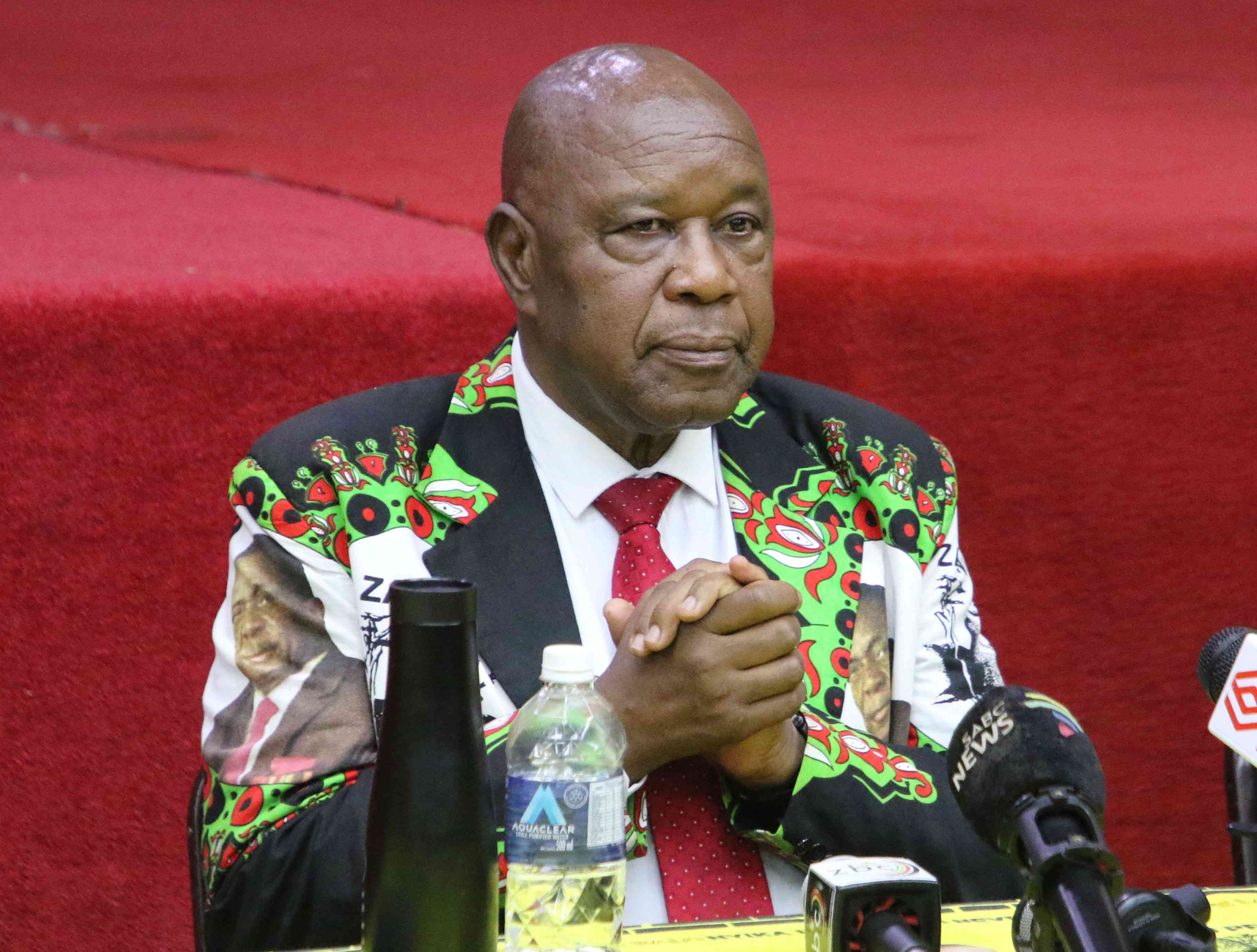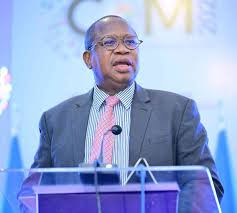ZIMBABWEANS are headed for a dark festive season after a Cabinet minister has said power blackouts will spill into the new year when repairs of equipment at the Hwange Power Station begin.
The country is already battling load-shedding lasting up to 16 hours a day, with the Energy minister Edgar Moyo warning of increased power cuts due to electrical faults during the rainy season.
Moyo last week told lawmakers that increased power blackouts were a result of obsolete equipment at the Hwange power generation units one to six. `He said government had directed ferrochrome smelters and some manufacturing companies to generate their own power as the miners were gobbling a significant share of the produced electricity.
He was responding to legislators who raised concerns about the unending load-shedding during the Question and Answer session in the National Assembly on Wednesday.
“The frequency of blackouts has increased,” Moyo said.
“First as a result of the old and antiquated equipment in units one to six at Hwange which we are working on where we have signed a deal with a company from India — Jindal, which is going to start on the repowering exercise beginning early next year. That is one way of reducing the frequency of those blackouts. Secondly, we are getting into the rainy season where we experience lightning, wind — our infrastructure is going to be affected. We have been talking of a strategy on how to quickly respond to that.”
Keep Reading
- Power crisis needs practical solutions
- Power crisis needs practical solutions
- Power crisis: It can’t be business as usual
- New perspectives: Why Southern Africa is facing an energy crisis
Rolling power cuts have left businesses on the edge amid revelations most have scaled down operations as they cannot sustain the use of alternative sources like diesel-powered generators.
Moyo said the crippling power supply challenges had also affected other sectors of the economy such as agriculture.
The drought experienced during the 2023-24 summer season has resulted in low water levels in Kariba Dam which has contributed to the power challenges according to Moyo.
“Understandably so, we have been affected by the drought, Lake Kariba is a very critical asset in the power production process because that is the area where we use to balance power,” he said.
“It is where we are able to ramp up production of supply or reduce so that we can maintain a balance in the power supply. So, the issue of drought has really affected us and the impact is high. However, to reduce the impact and to ensure that we supply those areas that cannot supply themselves, we have asked ferrochrome smelters to develop their own generation so that by the end of 2025, they are able to supply themselves.”
Water levels at Kariba have receded with usable live storage volume, that is water available for power generation dipping to 2,89 billion cubic meters (BCM) on Friday from 11,59BCM in the same period last year. The mining sector consumes 20% of all the power that is generated in the country.
The Chamber of Mines recently revealed that miners have lost about US$500 million due to frequent down times.





